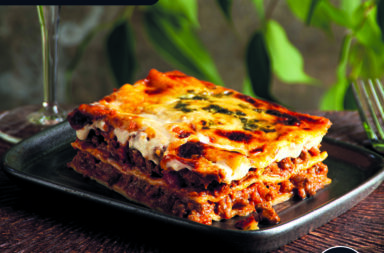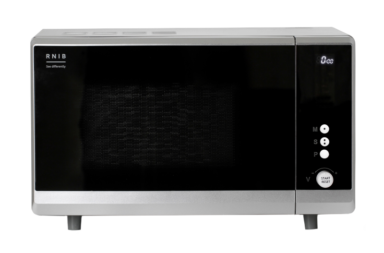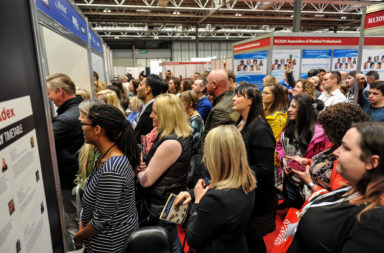By Russell Pizzey – Technical Services Manager at Ottobock UK
This year marked the third time Russell has provided technical service at the Invictus Games. He was previously a part of the Technical Service team at both the London and Orlando Invictus Games, as well as the 2012 London Paralympic Games and the Sochi Paralympic Winter Games in 2014. Russell has worked in the prosthetics industry for over 30 years, having started as an apprentice in 1979. With over 22 years’ experience with Ottobock, Russell is now Technical Services Manager with a variety of responsibilities including ensuring that Ottobock customers are provided with the best technical information possible.
The first thing I noticed after stepping off the 8 hour flight from London to Toronto for the Invictus Games was the heat. Throughout the 7 days of intense competition, the weather was seriously hot, topping 30 degrees Celsius every day. Toronto is usually pretty cool at this time of year so it meant that the event organisers were rushing around to make sure that there would be enough ice, water and shade for the competitors. I was excited to be a part of the Invictus Games for the third time and it was amazing to see how the games and the athletes have developed since the first games in London in 2014.
I was working in the Technical Services area, which is a specially-designed workshop where trained technicians like myself repair, maintain or replace any equipment that is causing issues for any competing athlete, regardless of nationality. A lot of people liken it to the pit lane in motor-racing as we aim to make the process as seamless as possible, wasting no time in returning athletes to the action. Our main base was in the Sheraton Hotel which was where the athletes stayed, as the competitions took place in locations across the city. This meant that we were in close proximity to the competitors and could provide a base that they knew they could rely on whenever they experienced issues with their equipment.
The very first day bought one of the most extraordinary and inspiring moments of the games, when Christy Wise came over to see us for a service on her Ottobock 3S80 knee joint. I had the pleasure of meeting Christy at her first Invictus Games a year ago, when she was a relatively new amputee and was just getting used to using different types of prosthetics. This year to see her return with a complete Ottobock limb including the sports knee and running blade, and competing to the highest standard, was absolutely wonderful, her focus is incredible. We knew that she was in the airforce but when she explained to us exactly what her job entails, we were blown away. She uses an advanced bionic knee made by Ottobock, known as the Genium X3, for her job as a pilot and it requires 165lbs of pressure on the rudders to get the plane to fly. Whilst I have always known the benefits of this prosthesis, it is always so fascinating to learn the various ways in which people use it in their day-to-day lives.
In workshop we are able to carry out any type of repair, and generally athletes with prosthetic limbs required us to fix damage to their sockets, replacing broken parts and giving out new liners. We normally helped with small, minor repairs or replacements and in total we helped 30 athletes. Another one of my most memorable moments was working on the socket of UK team competitor David Scott before his golf competition on day 4. He came to see us with a broken socket adaptor, which we quickly repaired in time for the golf tournament. He won gold and later came back to see us with his medal – what you can’t see in the photo is that his gold-winning performance was on the TV at the same time he was visiting us. What a star!
When it comes to the athletics, people always comment on the running blades and are interested in how they work. We use carbon fibre as you would see it used in the aerospace industry – all the technologies which have gone into storing and nurturing energy are put into our blades to ensure that the athlete propelling forward, not backwards. A lot of people, when they first look at the blades, might think the design is a bit strange and wonder why they have the different curves. There’s a reason for that – to ensure that it is pushing you forward. Another crucial element is making sure that the blade is aligned correctly. A perfect example of this was when UK team sprinter Corie Mapp came to see us experiencing pressure in his socket that was creating a great deal of discomfort. The angle is so important when positioning blades so we realigned it to make sure that the pressure in his socket was evenly distributed, meaning that he could focus on the competition and his running technique.
The games were also a great opportunity to give athletes the chance to try out Ottobock products that they might not have considered before. This year we gave eight athletes a 1E95 Challenger foot to try out. This product stands out from the crowd because unlike a blade for running or regular prosthetic foot that provides stability for everyday movement, this is a multi-purpose foot developed for varying demands from walking to recreational sports and moving backwards. It is designed to absorb shock which is perfect for court sports like tennis or basketball, as well as providing energy return for activities such as sprinting up to 50 metres. With a base spring and adjustable heel there is stability and control during rapid movements, while walking and while standing.
After working at so many legendary sporting events, people often ask me to explain how the Invictus Games is different from the Paralympics. They have so many similarities, with a diverse range of sports and people who show great athleticism and an inspiring drive to overcome adversity. The Invictus Games has an infectious spirit and sense of solidarity; I guess the image of the military as being a brotherhood or one big family really is true. It feels like everybody is part of one team and they work together perfectly; everybody helps each other and there are no barriers between nations. It’s a friendly sort of rivalry and the competitors really seem to be competing against themselves above anybody else, getting over their own difficulties by taking part in the games.
When I got back, everybody was asking me if I got to meet Prince Harry. Whilst I got many glimpses of him over the course of the week, we never actually met. The closest I got to the real thing was on my plane ride home, when I was sat near to the daughter of Paralympian and former Invictus Games Captain David Henson. She became famous overnight as the little girl who stole the prince’s popcorn… now if that’s not a claim to fame, I don’t know what is!



